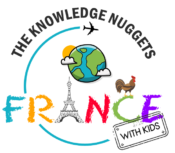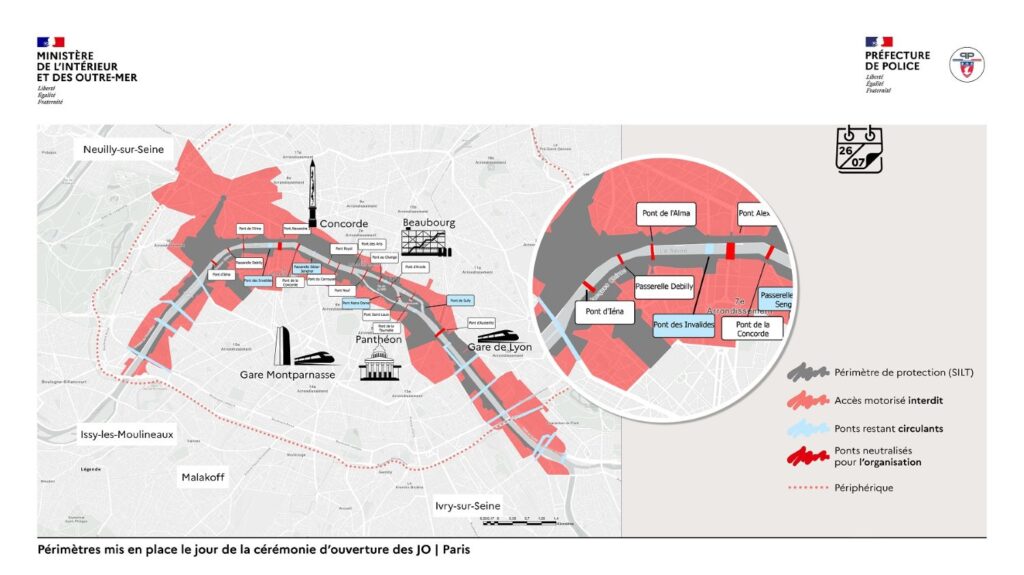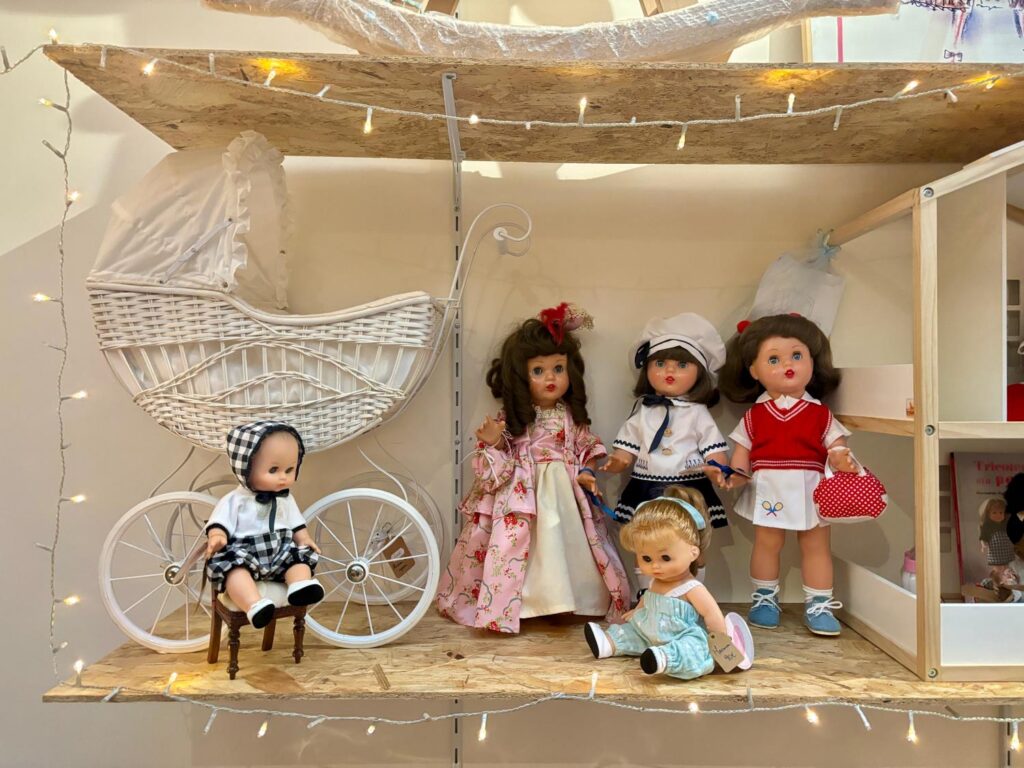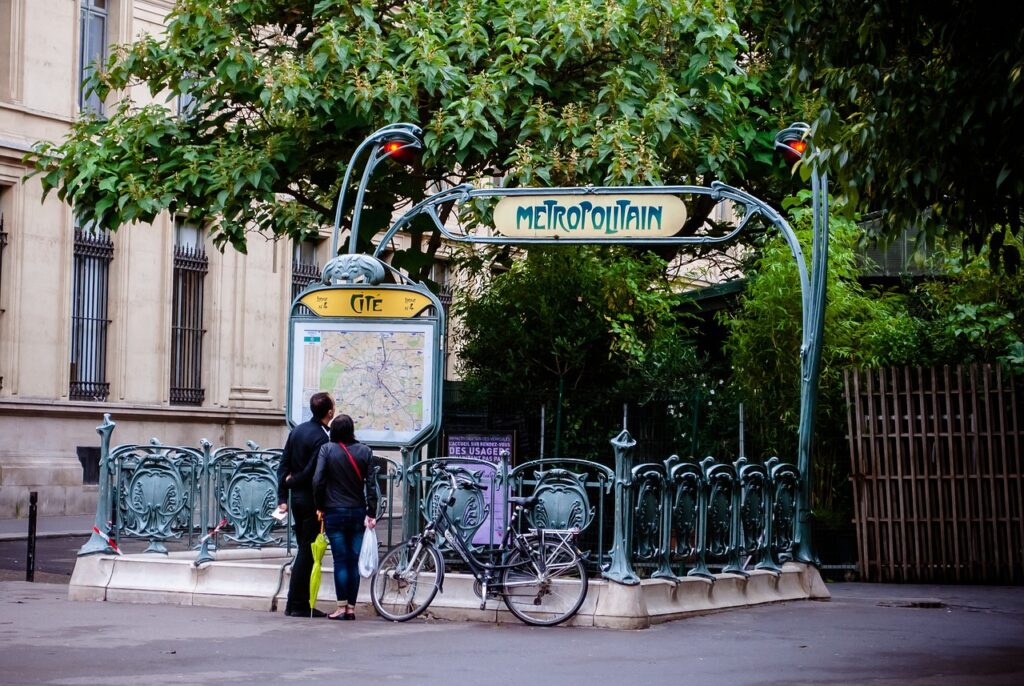French preschool begins with Petite Section, the first year of school in France, welcoming children aged 3-4. In the UK, this would be called nursery and in the US, preschool. Petite Section is also the first year of what the French call École Maternelle, composed of three grades – Petite Section, Moyenne Section, and Grand Section. Unlike in the UK and the US, children in France must attend school by law from the age of three.
My youngest daughter has just completed her first year of French preschool and I couldn’t be prouder of her. She didn’t speak a word of French when she started, and by the end of the school year, she was reciting French stories by heart. At this age, children are like sponges when learning new languages, and our experience has shown just that.
So what is French preschool like? Here I share our experience of a public school in the 16th arrondissement of Paris. Like in any other city, you will find that the quality of public schools can differ significantly from one area to another, and even within the same area.

1. How much does French preschool cost?
Public schools in France are FREE for all children from the age of three. Afterschool daycare costs extra but very little.
2. Class size
Class sizes vary a lot depending on the area your school is in. In my daughter’s French preschool class this year, there were 18 children and all French apart from two. Each class is led by the primary teacher and supported by an assistant teacher known in France as ATSEM (which stands for agent territorial spécialisé des écoles maternelles).
3. Timetable
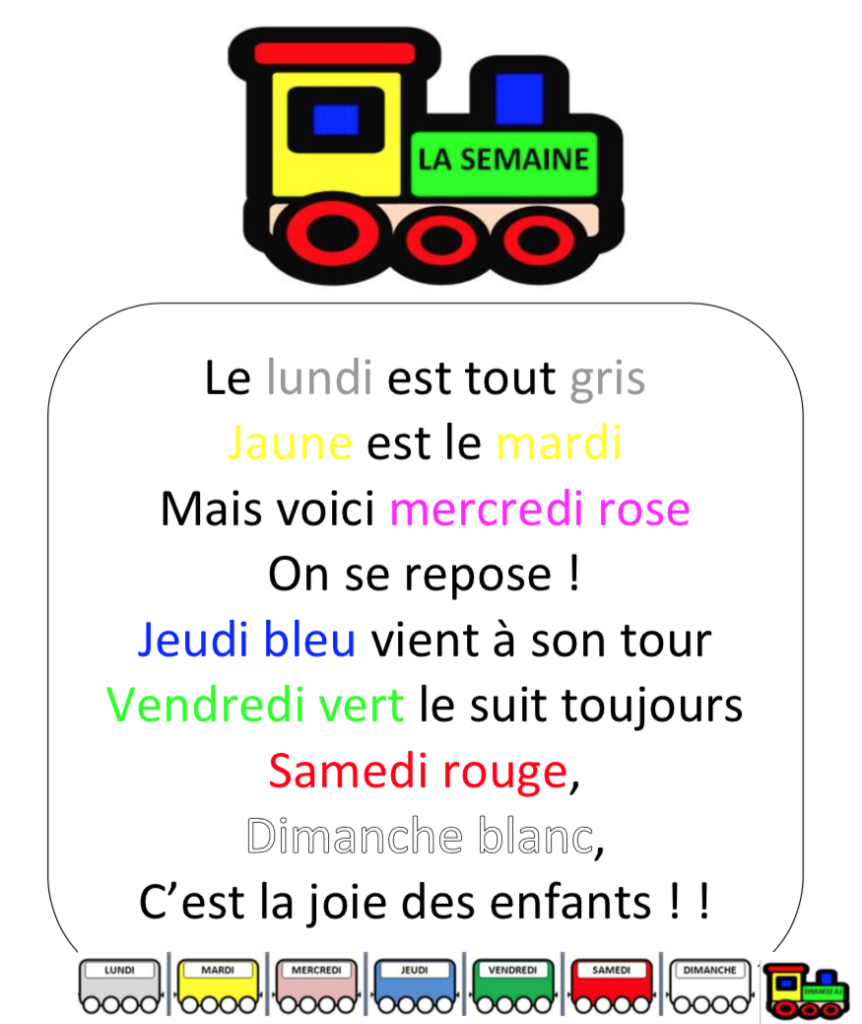
A typical day at Petite Section starts at 8h30 with two hours of workshops followed by a leisurely lunch break. Lunchtime is between 11h30 and 13h30, and children have free play time after meals. Kids never bring lunch into school, they eat in the cafeteria, or their parents can pick them up for lunch and return to school. The kids put on bibs and don’t come home with any food stains on their clothing. Here is a typical weekly school menu:
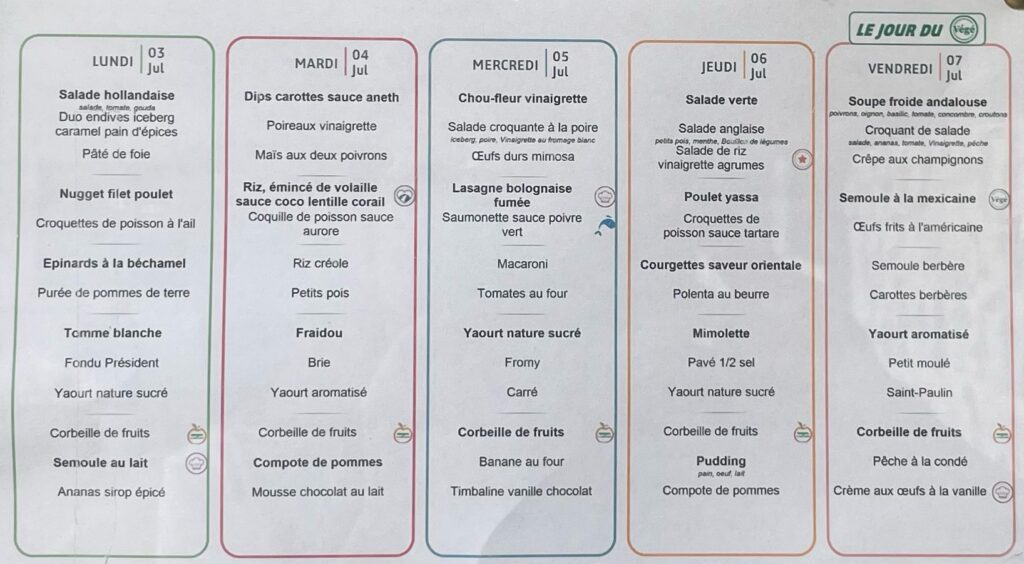
After lunch, kids nap for up to 1.5 or 2 hours. Children often bring their favourite stuffed toy, doudou, to help them settle for sleep.
Then it’s time for more class activities, and the school finishes at 15h00-15h15. All state schools offer afterschool care every day of the week for a relatively small fee. Extending the school stay to 16h30-18h00 is possible, depending on the day.
Wednesdays in France are treated differently from the rest of the school week, as it’s supposed to be a day for rest and extracurricular activities. While some schools don’t have any classes on Wednesdays, others have classes on Wednesday mornings until about midday. In the afternoons, schools offer afterschool activities (“Centres des Loisirs”), often in the same building as the school.
Every Friday before the school holidays was an “Open House” breakfast for parents in my daughter’s class. Parents could bring breakfast to share with kids and look around the classroom to admire the children’s artwork, letting their kids to proudly show off their favourite toys in class.
4. Developing independence
French preschools place a strong emphasis on developing independence in children. They are encouraged to take on responsibilities in the classroom, such as tidying up toys. Children also learn essential skills like fastening buttons, zipping up coats, and putting on coats and gloves, encouraging them to dress independently at school and at home.
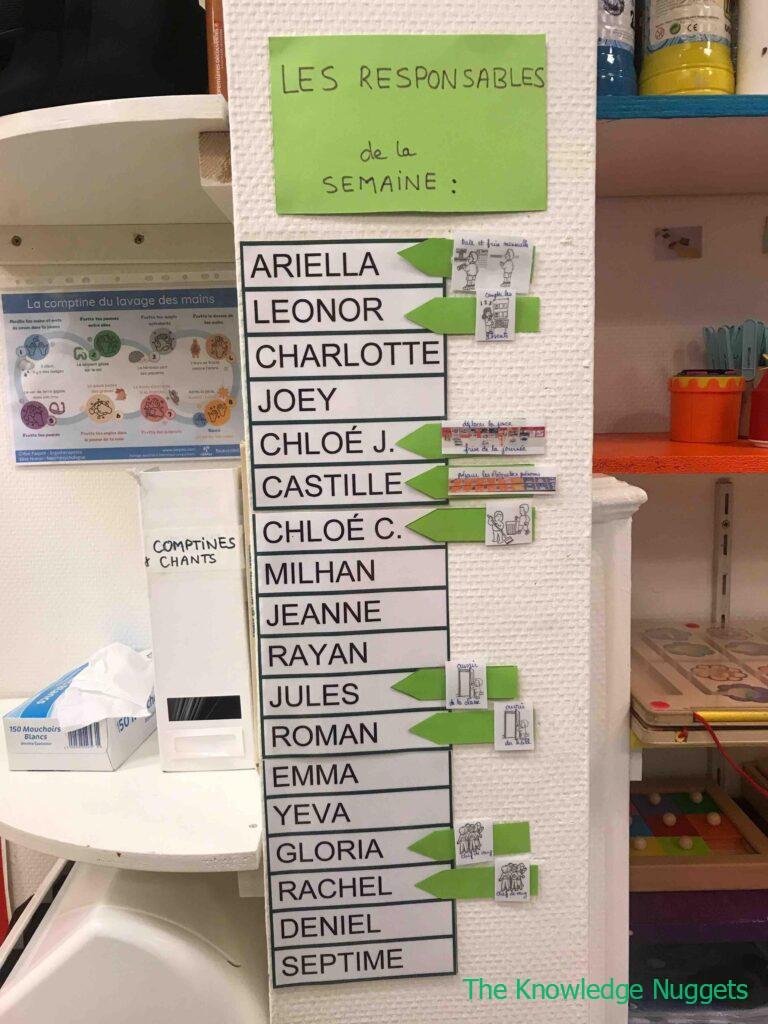
5. Curriculum and Workshops
The objective of education in France at this stage is to instil a genuine enthusiasm for learning in children, to make children want to go to school to learn, to assert and develop their personality and to exercise their curiosity about the world around them. Central to this process is incorporating both play-based learning and free play. They learn by playing, thinking, solving problems, practising, recalling, and memorising.
All children in my daughter’s class were divided into small groups, and each group did different workshops throughout the day, rotating around. The teacher added coloured stickers to the name tags, and each sticker indicated the colour group the kids were in. So, in the mornings, she puts activities that the group of that colour will do, and the kids look at the board to find their activities for the day. These are activities the kids got up to this year:
Maths
In maths, children learn basic shapes and numbers through fun games and activities. They learn to match numbers with corresponding quantities, arranging them in ascending order, and classifying items based on size. The use of storytelling, such as the tale of Goldilocks and the Three Bears, helps children understand concepts like “more than,” “too much,” “as many as,” and “the same number.”
Additionally, they explore geometric vocabulary and properties of simple shapes.
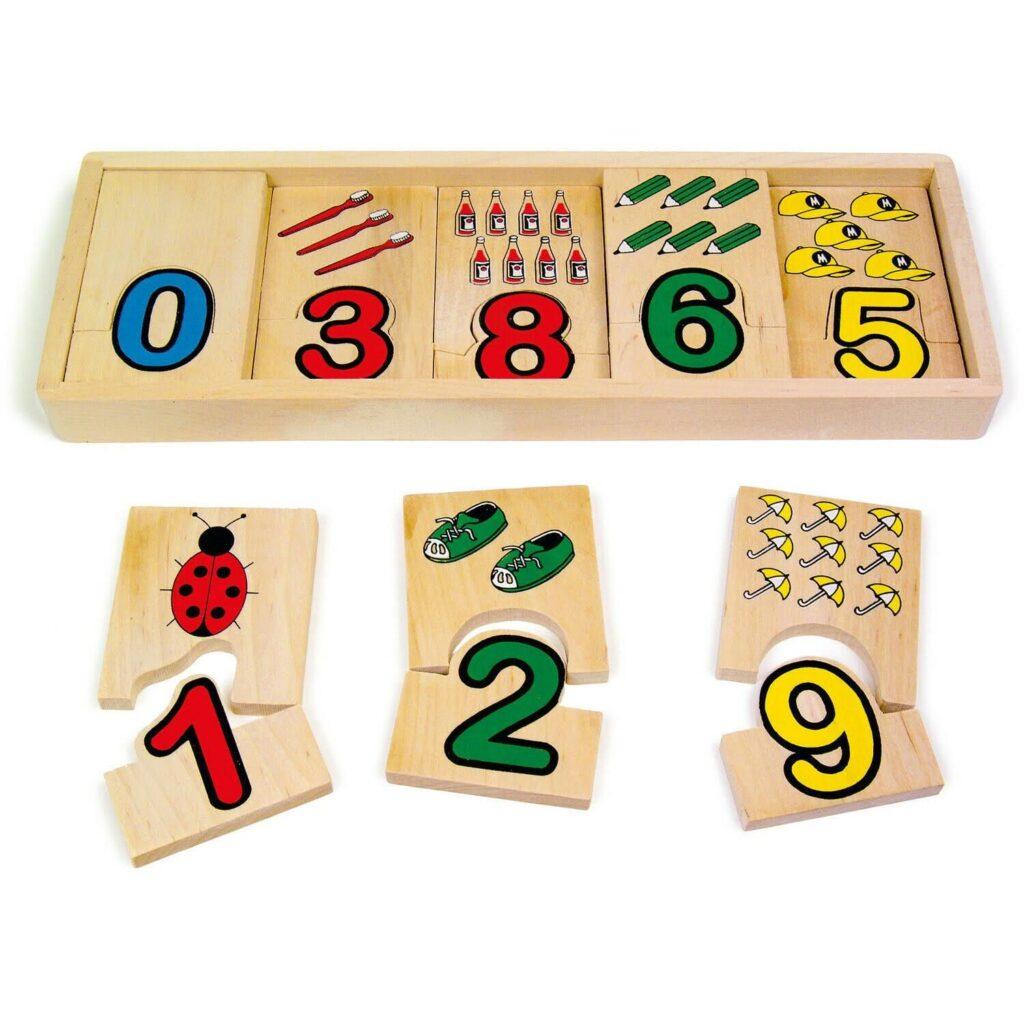


Writing
Children are taught proper pencil grip and practice drawing horizontal lines from left to right, aligning with the direction of writing. They also learn to model and write their first names in capital letters using various mediums like clay, sand, felt-tip pens, or coloured pencils. By the end of the school year, the goal is for all students to write their first names in block capitals. They also practice writing other words in capital letters.



Story-telling and poem recitals
The teacher reads stories to the class and encourages children to retell them in their own words. Kids also learn short poems throughout the year and recite them on special occasions like Mother’s Day and Father’s Day. Click here to see which books the children have been reading this year.
Arts and crafts
Arts played a massive part in teaching the students this year. The kids did a lot of drawing, painting and crafting, unleashing their creativity with colourful masterpieces. Children are taught to use scissors and glue things together. Children are introduced to different renowned artists and try to mirror their work through their own creations.
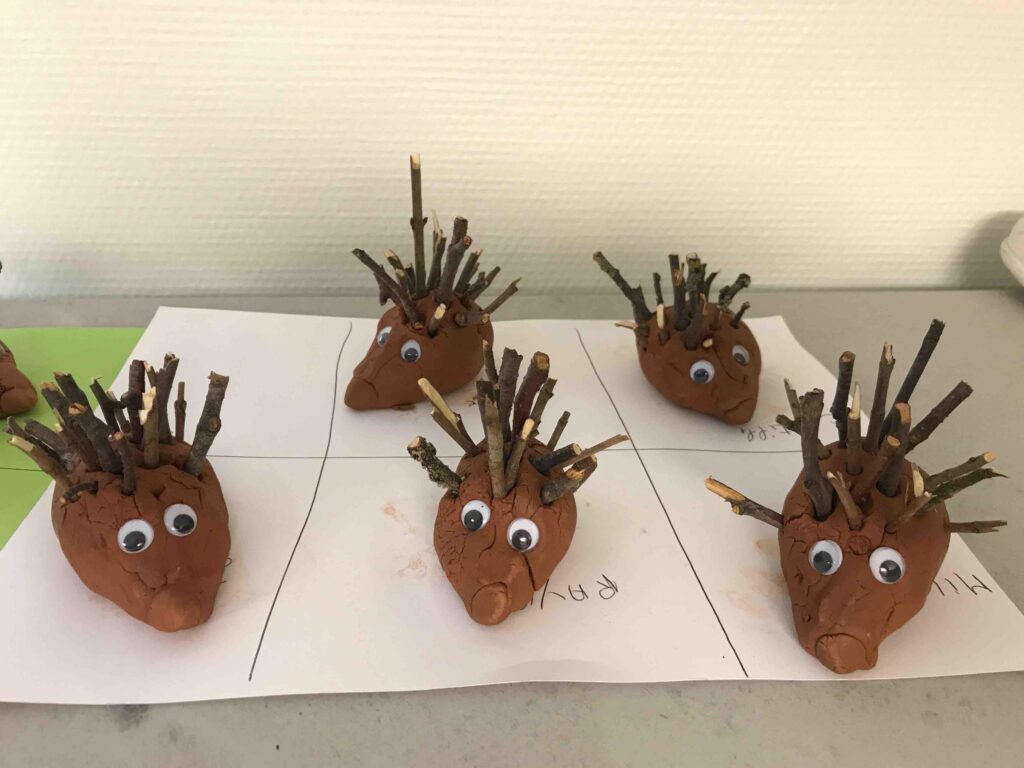
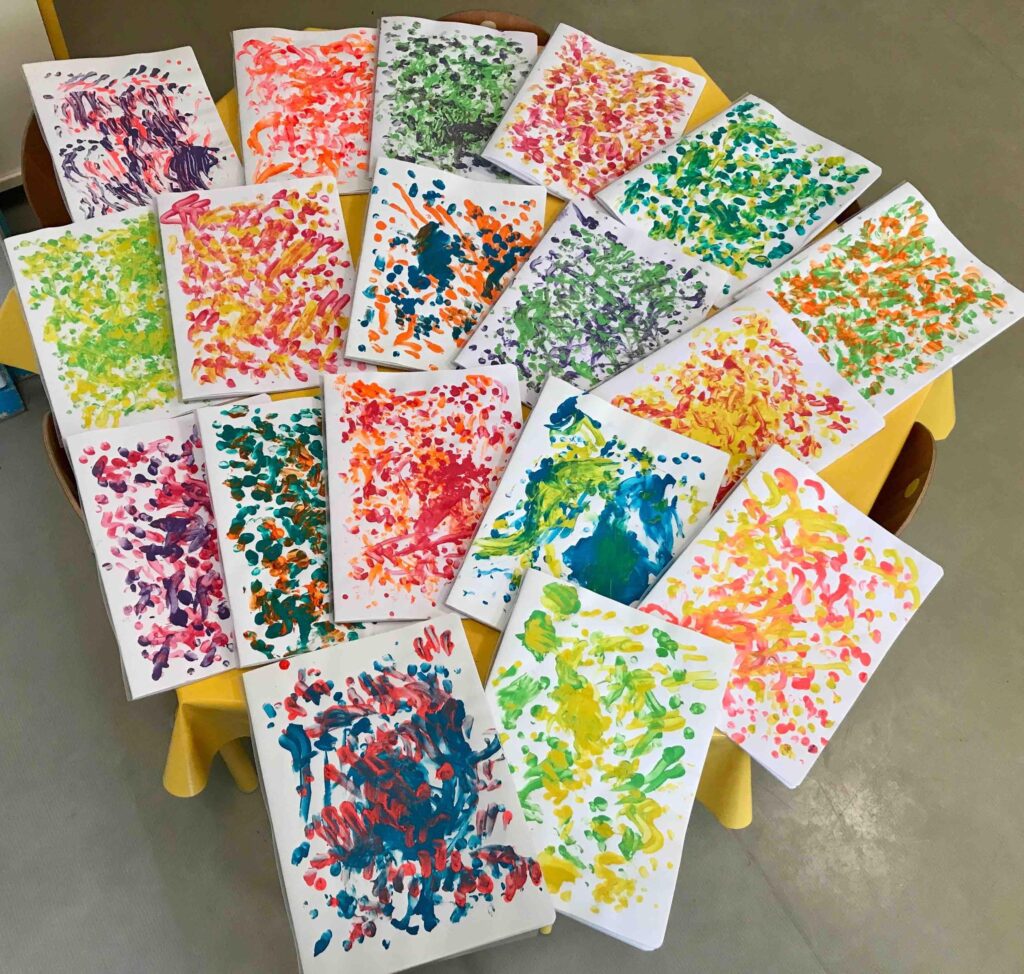
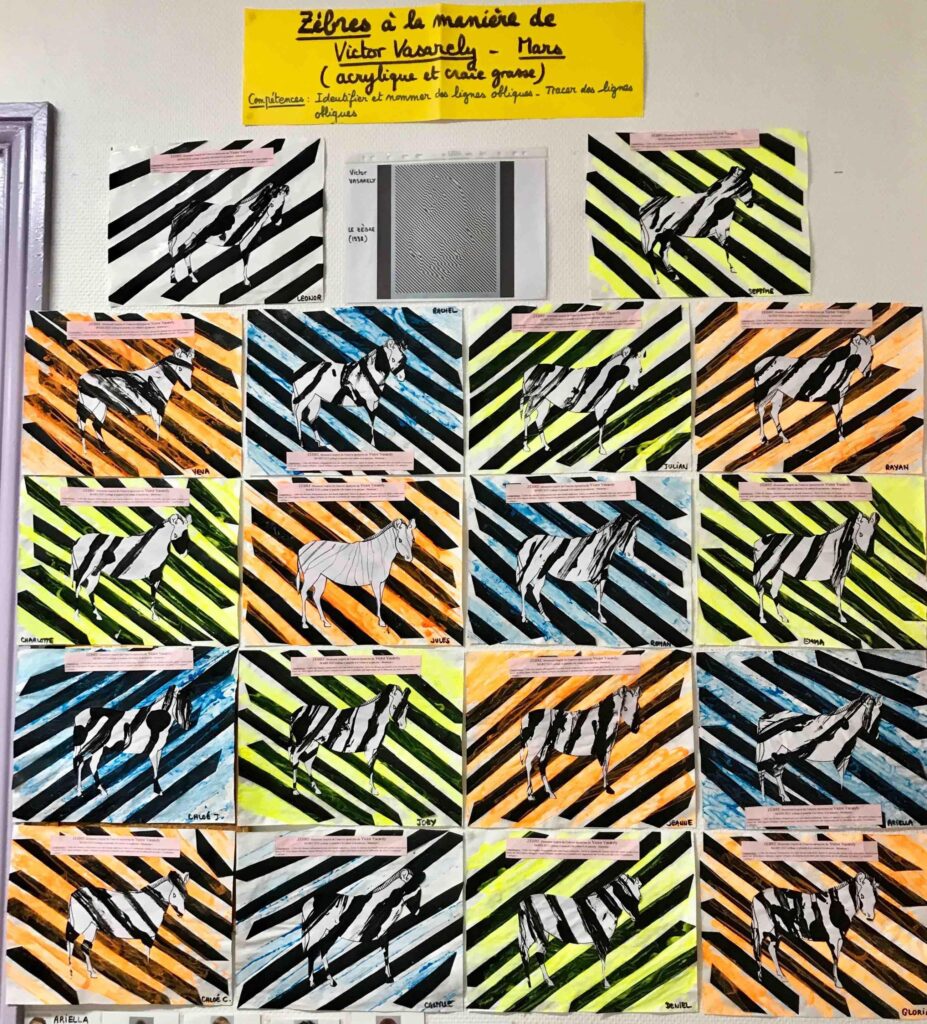
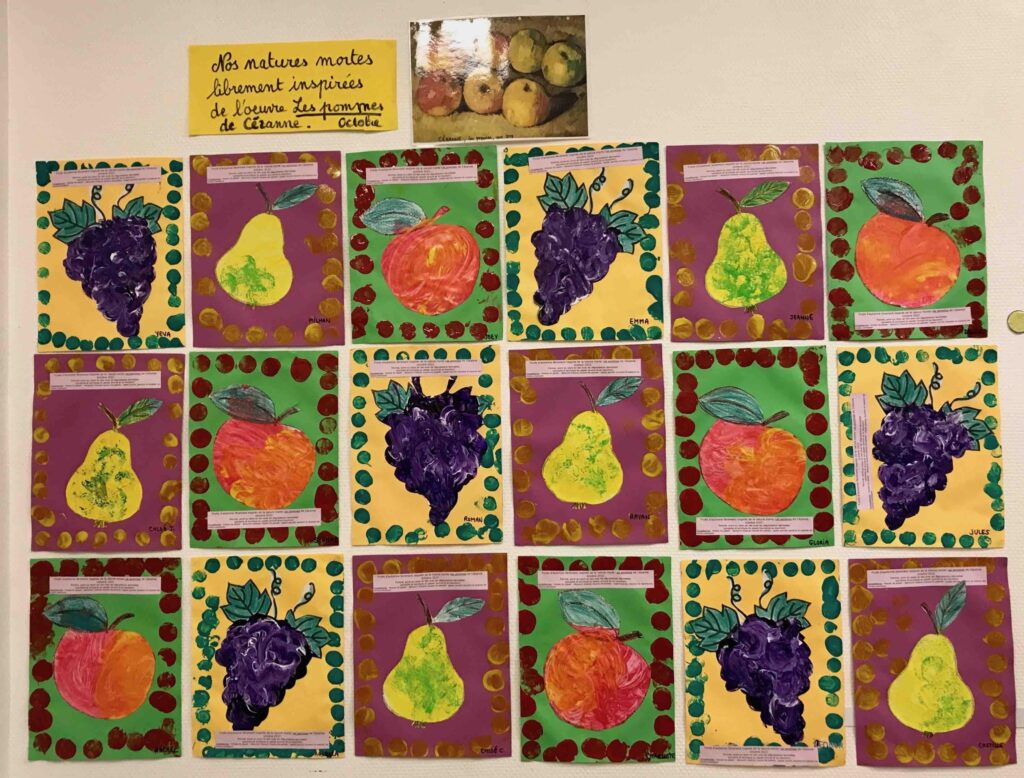
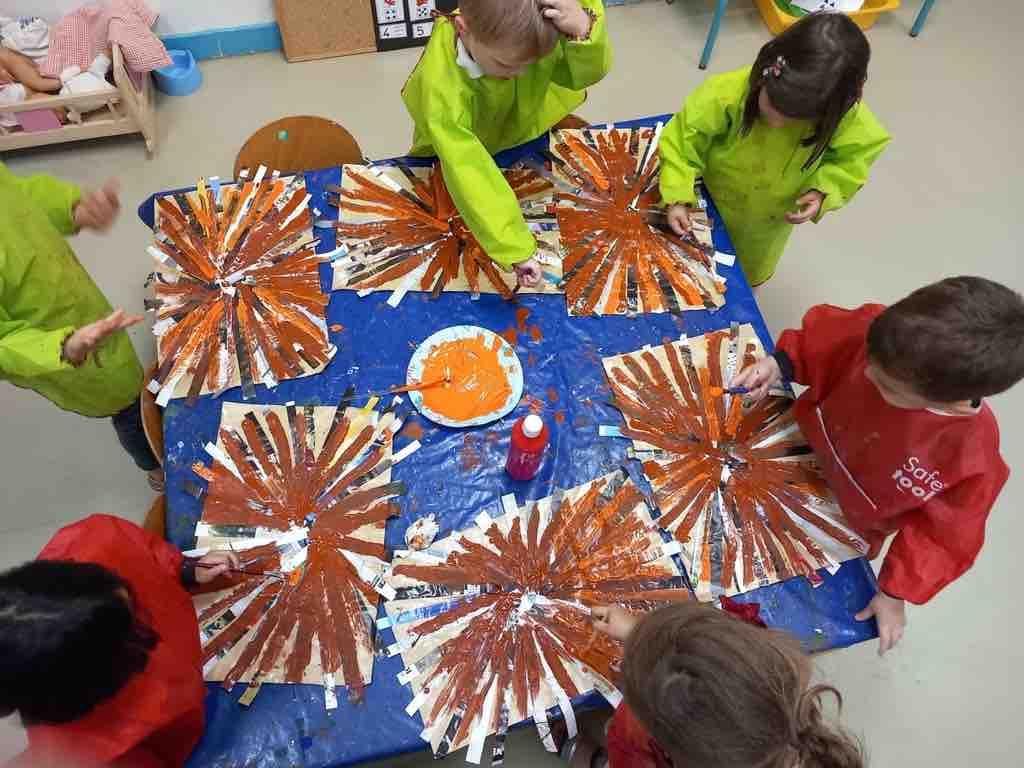

Gardening
With the arrival of spring, outdoor activities take centre stage, and children spend time exploring the world of gardening. They planted and nurtured radishes in spring, discovering the vocabulary related to plants and gardening tools.
In May, the kids harvested the radishes and tasted them with a small slice of buttered fresh baguette and a little bit of salt. Hmmm!
After planting pebbles, shells, and coffee beans into the ground, they also experimented and discovered that these were not seeds… Another opportunity to learn what a seed is and that different seeds yield different plants.
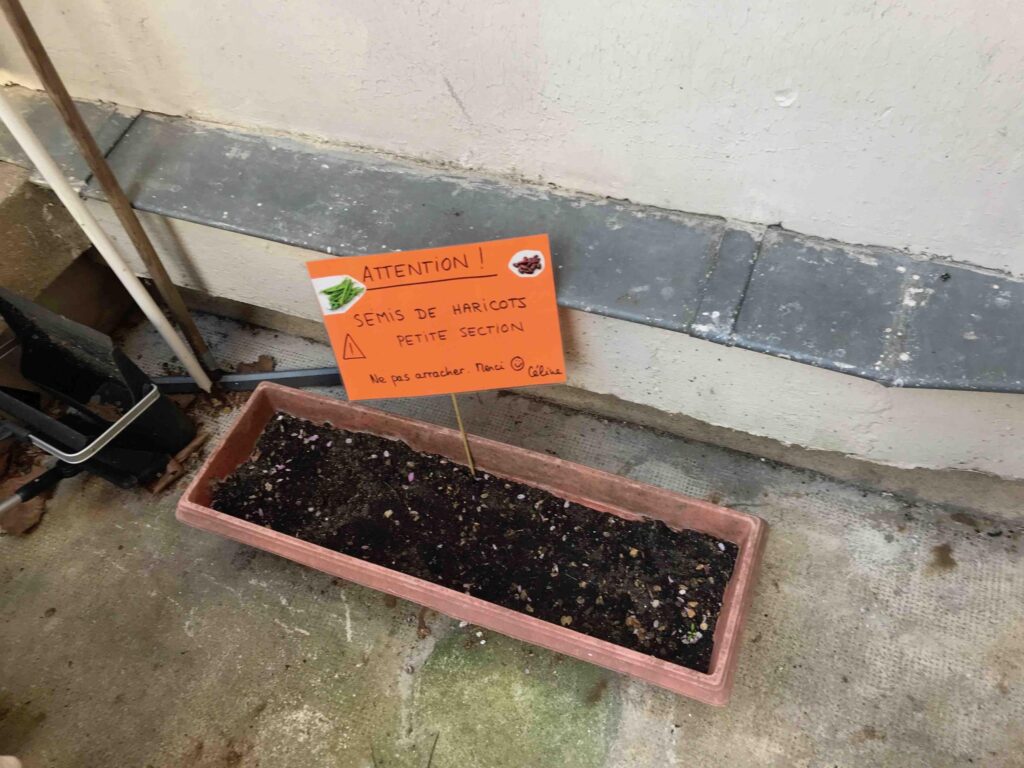
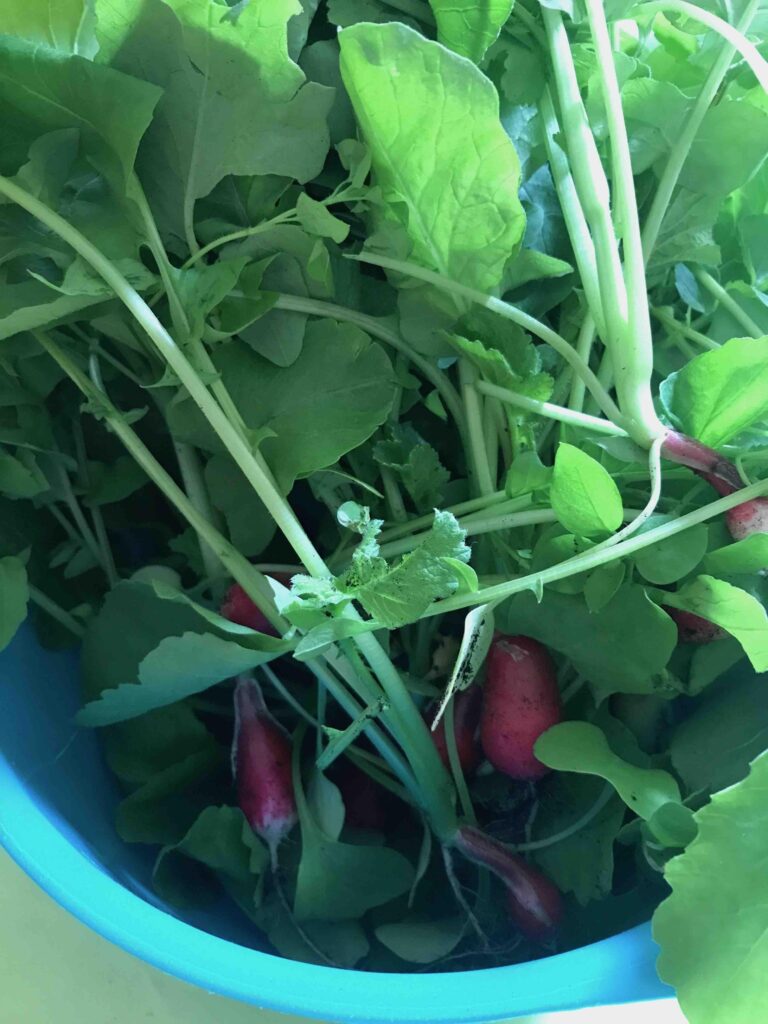
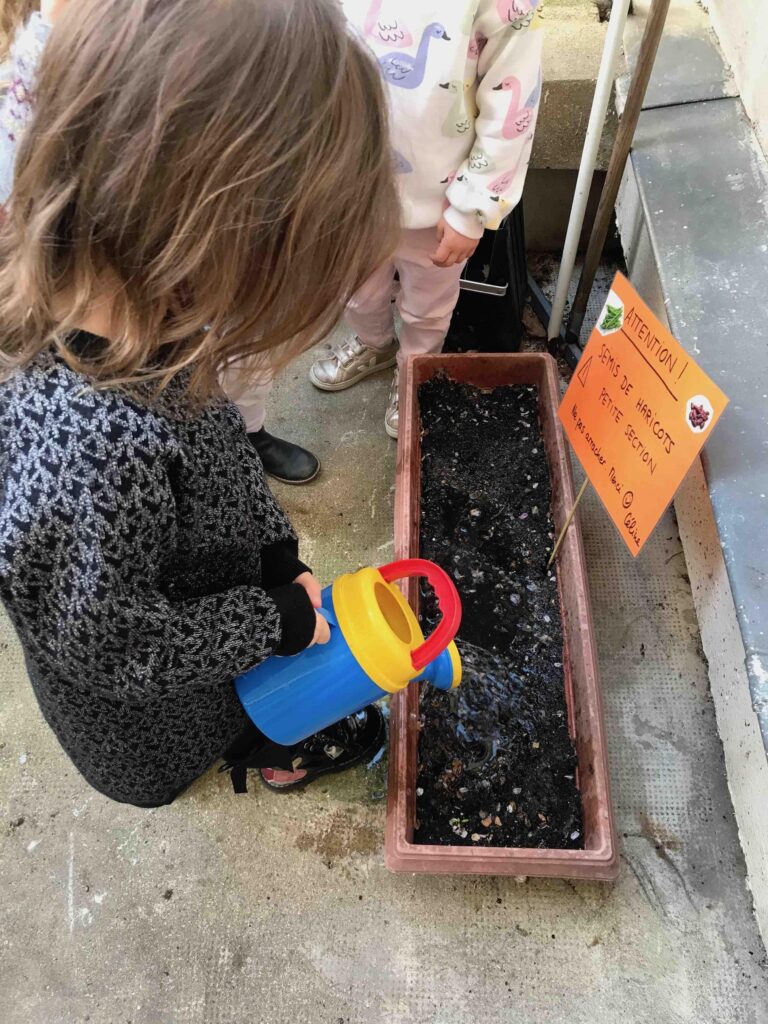
Cooking
The kids learned what a recipe is and had a go at cooking traditional French food like crepes and galette des rois (a puff pastry cake).
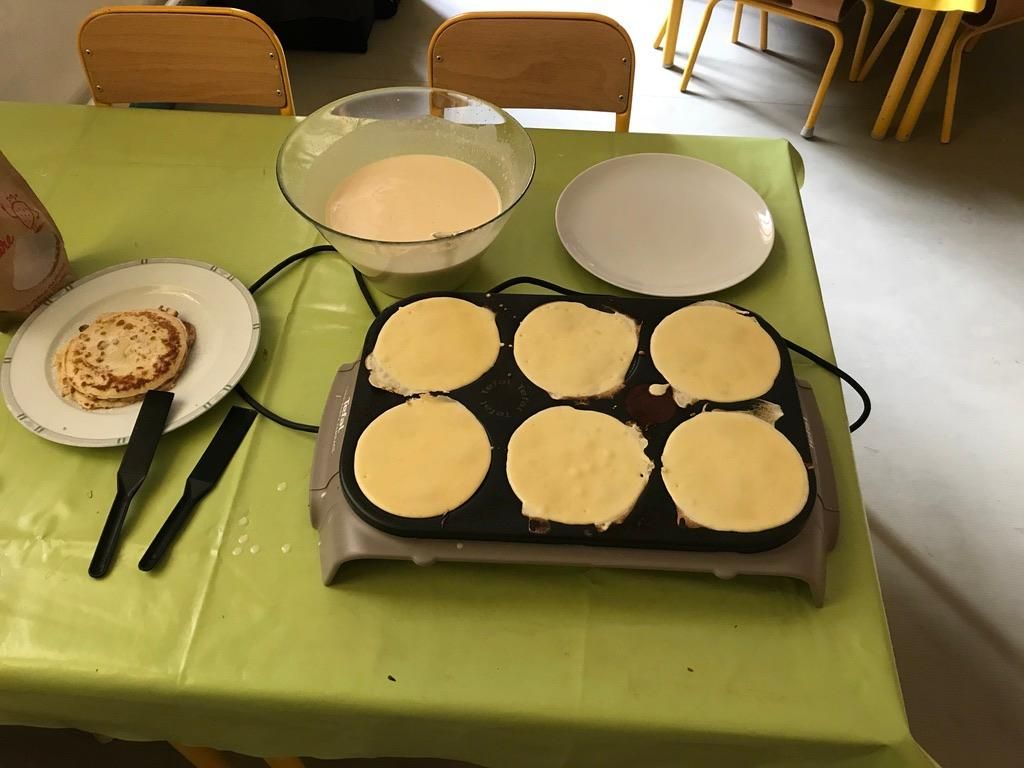

6. School outings
The class has been visiting the local library every couple of months to hear the librarian read stories to the class and also borrow books to take home. There were also cinema outings, a trip to the local modern art museum and a trip to the Zoo an hour outside of Paris.
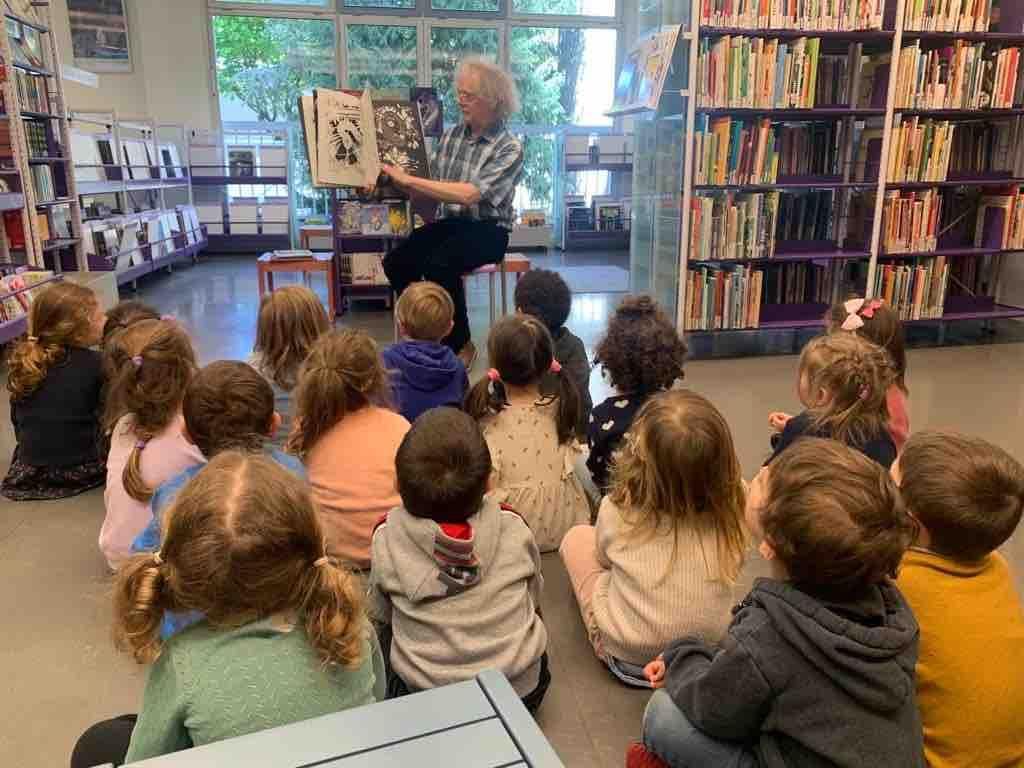
7. Interaction with parents
You won’t see parents and teachers speaking to each other at school doors either during drop off or collection. Parents email the teachers directly with questions. There is also often a Whatsapp group for parents to share photos and school reminders.
In my daughter’s class, we were lucky to have a teacher who shared weekly updates. There was an online platform where parents could read about kids’ activities with many photos accompanying the week’s diary. Not all teachers dedicate time to this, even within the same school, so we were lucky.
Parents are invited to watch Christmas and end-of-year performances with traditional singing and dancing.
At the end of the year, teachers share with parents a report card called Carnet de suivi des apprentissages (“Learning Logbook”). The school keeps it and passes it on from one year group to another. It’s an observation book filled in by the teacher to monitor learning throughout the year with a brief summary of academic achievements.
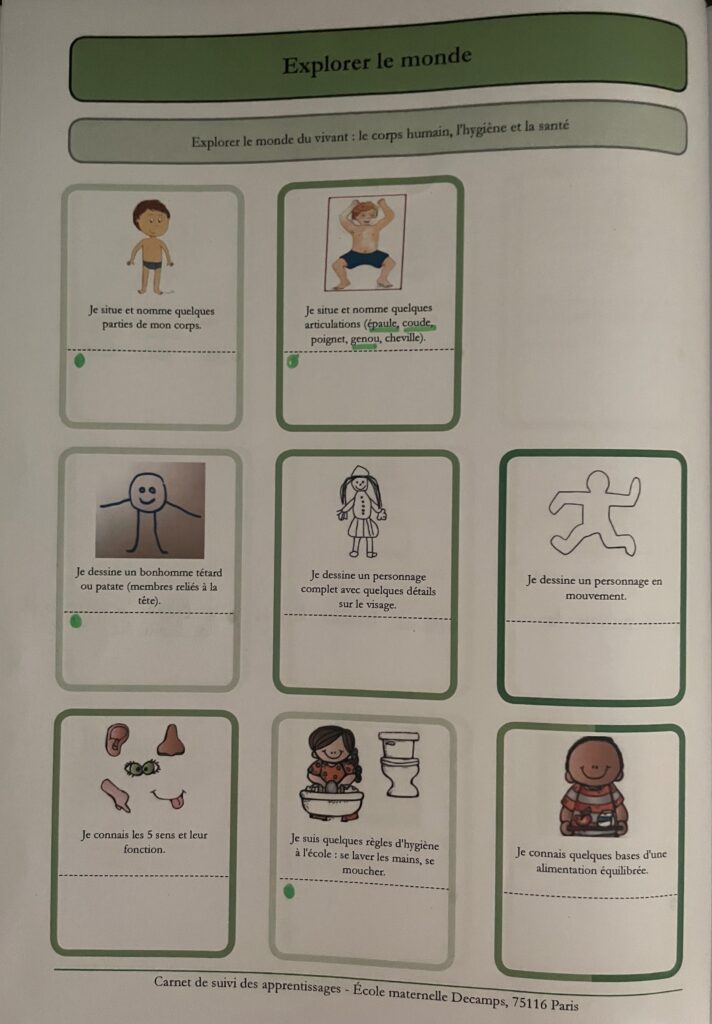
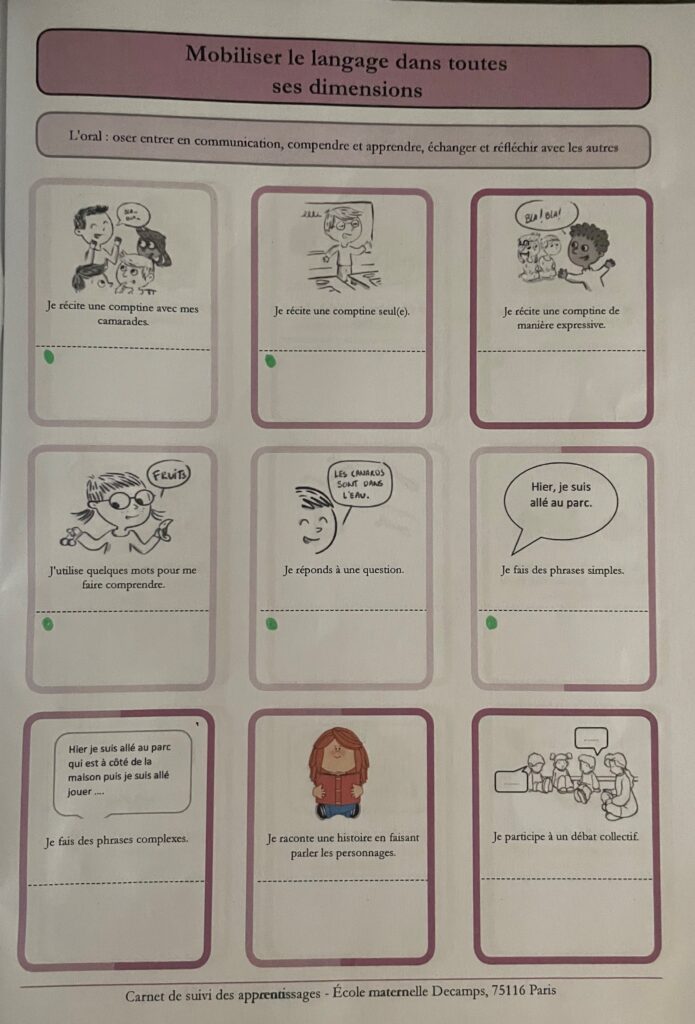
My daughter’s first year at a French preschool was excellent, and I am delighted with how the school organised its teachings and communications with parents. When I compare this experience to my elder daughter’s private school experience in the UK at the same age, they are broadly similar. The only difference is the cost! We may have been fortunate with the quality of our local school, but this year’s experience has given me confidence in the French public school system. Let’s wait and see what the next year brings…
